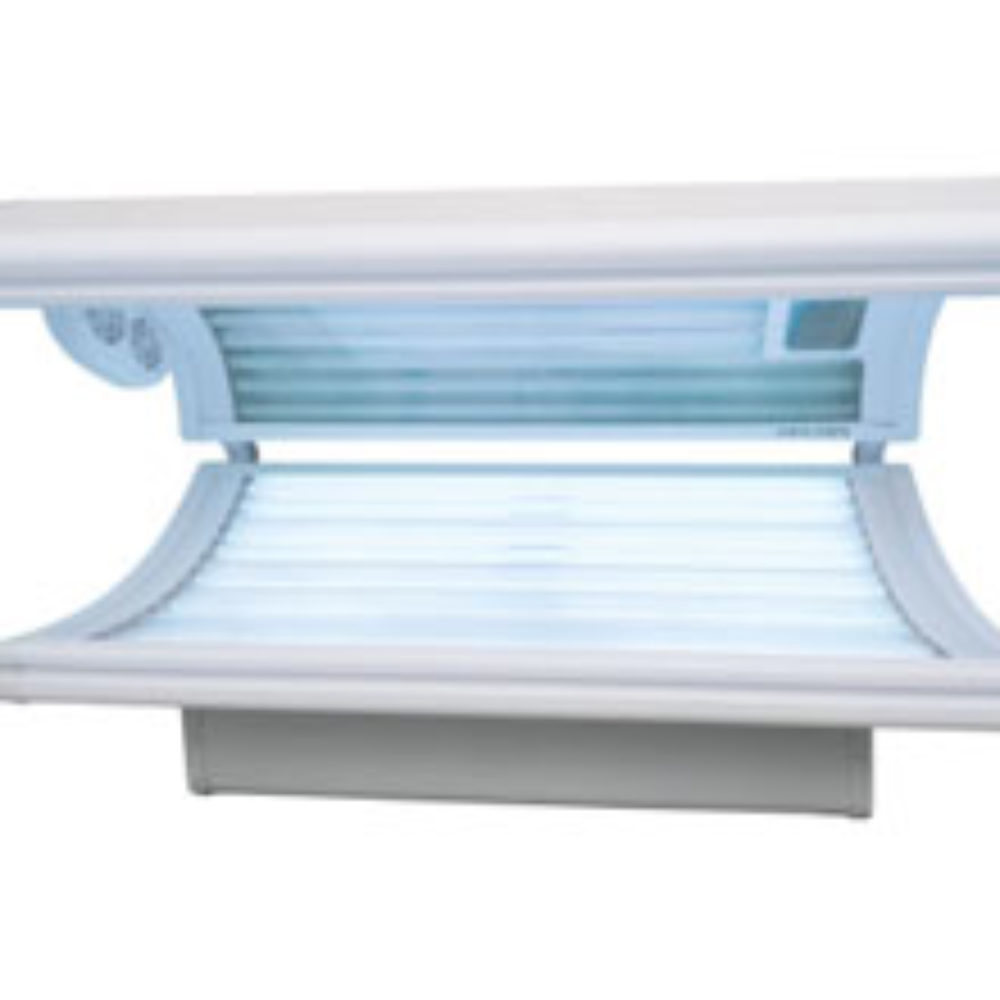Possible Tanning Bed Addiction Found by New Study

According to a new study, the use of tanning beds appear to cause biological reactions similar to those in people who are addicted to drugs or alcohol, suggesting that indoor tanning is addictive.
Researchers from Texas found that those who regularly go to indoor tanning salons undergo brain changes similar to people with drug addictions. Their findings will be published in an upcoming issue of the medical journal Addiction Biology.
Researchers studied seven tanners who frequented indoor tanning salons an average of 27 times in a 90-day period. The tanners were sometimes exposed to the normal ultraviolet (UV) radiation from the tanning bed, but at other times there were special filters that actually blocked out the rays without the tanners knowing it.

Did You Know?
Millions of Philips CPAP Machines Recalled
Philips DreamStation, CPAP and BiPAP machines sold in recent years may pose a risk of cancer, lung damage and other injuries.
Learn MoreWhen the tanners were actually exposed to tanning bed UV radiation the “reward” zone of the brain was activated, releasing chemicals known to make people want to repeat certain behaviors. There was significantly less of this type of brain activity when the filters blocking UV radiation were in place.
In recent years, there has been mounting evidence linking tanning bed use to skin cancer. Some studies have shown that use of tanning beds by young adults results in eight times the risk of developing melanoma, a deadly form of skin cancer once found mainly in the elderly, but which has increasingly become a problem for younger adults.
The American Cancer Society says that melanoma is diagnosed in about 69,000 Americans each year and causes about 8,650 deaths annually. Less dangerous, but more common, basal and squamous cell carcinomas affect more than one million Americans each year and cause about 2,000 deaths annually.
One of the studies was by the World Health Organization in July 2009, which indicated that use of tanning beds before the age of 30 increases the risk of skin cancer by 75%. As a result of the study, WHO reclassified ultraviolet radiation from tanning beds as a definite carcinogen . Previously, they were considered “probable” carcinogens.
There have been increasing calls for a ban on the use of tanning beds for children under the age of 18. In March, the American Academy of Pediatricians (AAP) called for such a ban and an FDA advisory committee made similar recommendations in March 2010.
The FDA reports that a growing number of children are counted among the ranks of tanning bed users, with nearly 10% going to indoor tanning businesses in 1999. The report also expresses concerns by some researchers that as many as 95% of indoor tanning customers are exceeding the recommended safe time in tanning beds.
Get more articles like this sent directly to your inbox.
"*" indicates required fields




0 Comments